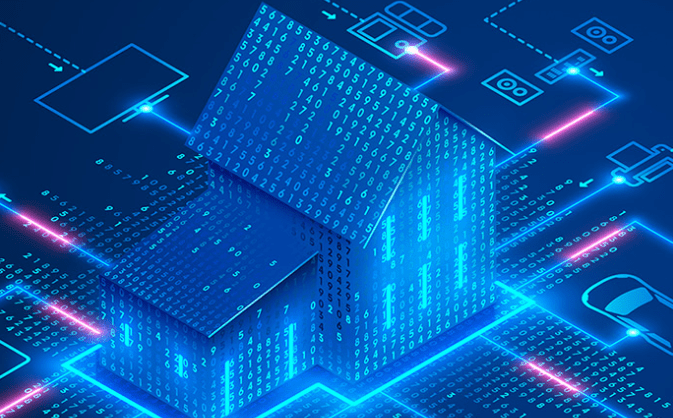Focus Universal Inc. highlights that the size of the power line communication (PLC) technology market is expected to reach $17.4 billion by the end of 2028.
This prediction is based on current PLC technology, which provides too slow speeds (typically less than 9,600 bps), too short a coverage (200-300 yards) and too harsh electrical noise and interference.
Major suppliers of PLC technology include ABB, General Electric, Siemens, AMETEK, Schneider Electric, Texas Instruments, Maxim Integrated, Devolo, Cypress Semiconductor, ST Microelectronics, Panasonic, Microchip, Qualcomm Atheros, TP-Link Technologies, NETGEAR, D-Link, NXP Semiconductor NV, Landis+Gyr, Sigma Designs, Zyxel Communications, Nyx Hemera Technologies and Renesas Electronics Corporation.
Focus Universal’s patented PLC is an innovative communication technology that allows data to be sent over existing power lines in the electrical grid.
Since PLC utilizes existing power lines, it does not require substantial new investments for a dedicated wiring infrastructure.
The existing power lines already form a distribution network that penetrates all residential, commercial and industrial properties.
Since the power grid is, for the most part, an established ubiquitous network, PLC is potentially the most cost-effective and scalable interconnectivity approach for the backbone communication infrastructure needed for the Internet of Things (IoT).
PLC allows IoT devices to plug into power outlets to establish a connection using existing electrical wiring, enabling data sharing without the substantial investment and inconvenience of running dedicated network cables.
PLC
Historically, the main design objective of the power grid was the distribution of electrical power.
The power line network was not originally designed to function as a communication channel.
Consequently, although the PLC has been in existence for many years, the strong electrical noise present on power lines and variations in equipment and standards hinder communications over the power grid and pose several challenges for data transfer.
Signals propagating along the power line are subject to substantial amounts of noise, attenuation and distortion that make them erratic, with various attributes varying over time.
The PLC is susceptible to noise from devices connected to the power supply infrastructure, such as, for example, fluorescent tubes, drills, hair dryers, microwave ovens, computers, switching power supplies, cell phone chargers, dimmers, refrigerators, televisions, washing machines and vacuum cleaners.
Thus, previous attempts to deploy PLC technology resulted in electric utilities and Internet service providers deciding that the technology is not a viable means of providing data or broadband Internet access.
These technological challenges have impeded or even halted progress in the development of PLC technology.
Focus Universal has developed five proprietary platform technologies that it believes solve the most fundamental problems plaguing the IoT industry, one of which is leveraging ultra-narrowband PLC technology.
![]()

